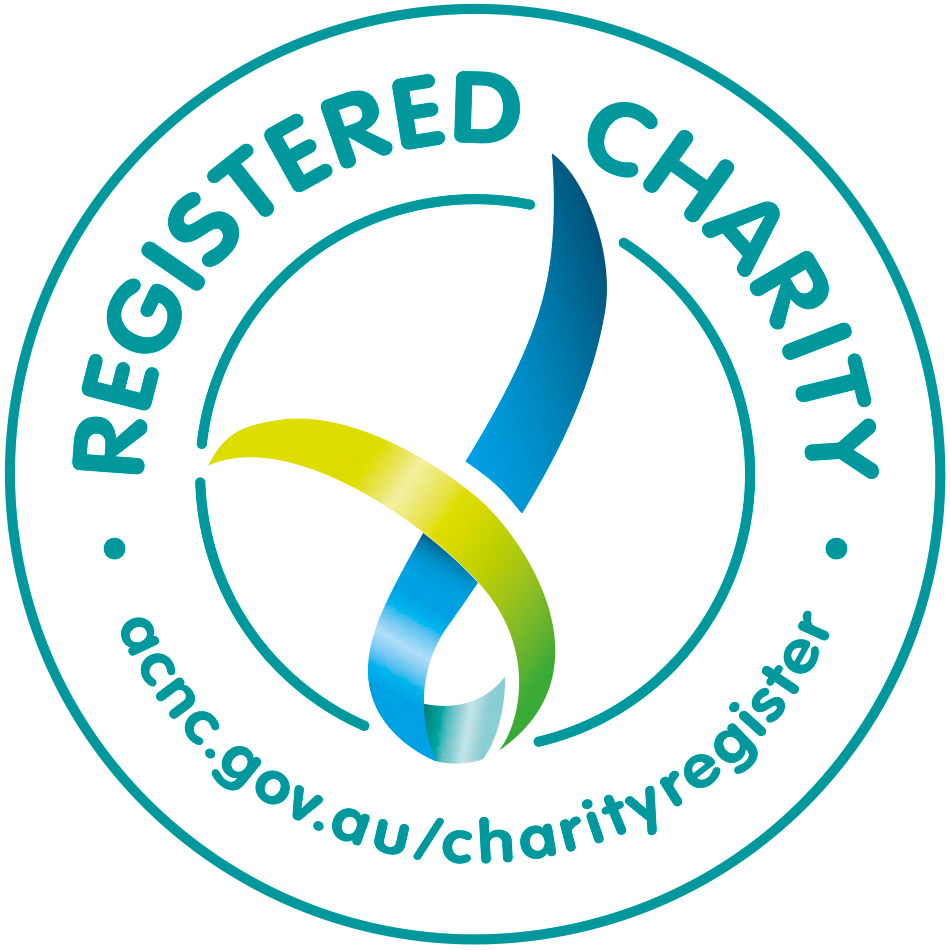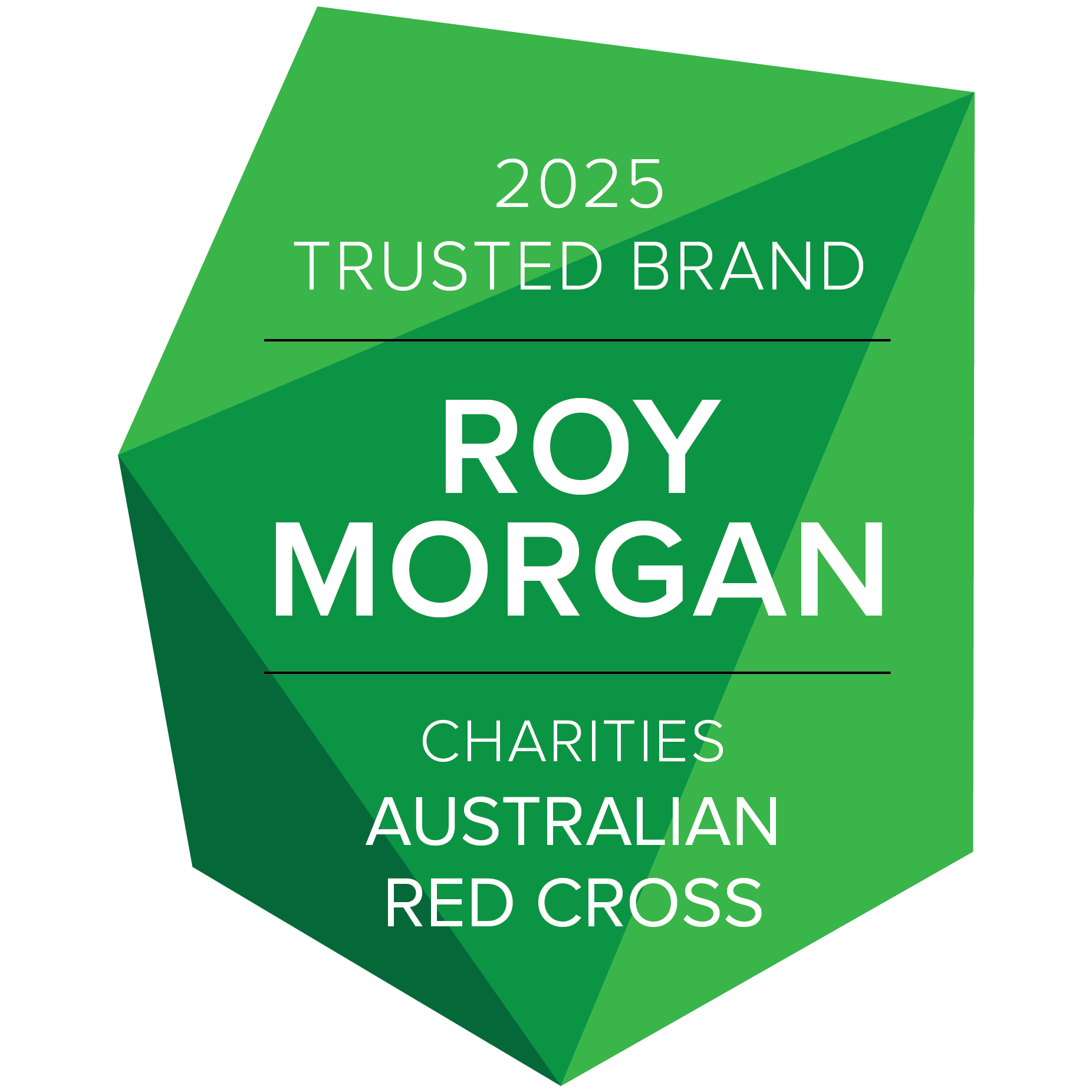

Since 1924, Red Cross has managed a number of respite care homes for children. Most of these closed before 1970. Information about these homes is provided below.
Apology to former residents
Australian Red Cross deeply regrets not all children at these homes received the safety and care they deserved. We unreservedly apologise for the hurt and suffering that any survivors of abuse endured under our care.
We are working to address and compensate for the harm suffered by some children in Red Cross’ care. If you are a survivor of abuse that occurred in one of our homes, Red Cross is a part of the National Redress Scheme. The Scheme will help you access counselling and psychological services and a monetary payment may also be available to you. Through the Scheme you can also obtain a Direct Personal Response from Red Cross in relation to the abuse you suffered.
How do I get records about my stay in a home managed by Red Cross?
You can email privacy@redcross.org.au. All requests will be managed by our archivist and treated as requests for access to personal information under the Privacy Act 1988. While we’ll do our best to help you, it’s important to understand that records for many of these institutions no longer exist.
In order to protect the personal information of people who stayed in our homes, we will ask for a copy of identification before providing any records. To aid us get back to you faster, please provide a copy of your identification (eg copy of your driver’s licence) at the same time as contacting us.
Why don’t you have better records from homes you managed?
With the passage of time, most organisations that managed homes for children in decades past have few or no remaining records. Red Cross has some remaining records for some homes it operated in New South Wales.
How do I find out what homes I might have been in?
Find & Connect is a resource for people who, as children, were in out-of-home care in Australia. It contains a listing of many homes that were historically operated by a number of organisations and institutions. You can access it at findandconnect.gov.au.
The National Redress Scheme also maintains a database of institutions that have joined the Scheme. You can access it at www.nationalredress.gov.au/institutions/search
How does Red Cross handle complaints about the way a child was treated at one of their homes?
Australian Red Cross Society is a participating institution in the National Redress Scheme. The National Redress Scheme helps people who have experienced child sexual abuse at one of our homes gain access to counselling and psychological services, a direct personal response, and a monetary payment.
On 26 August 2020, Senator the Hon. Anne Ruston, Minister for Social Services declared the Australian Red Cross Society as a participating institution in the National Redress Scheme.
What is the National Redress Scheme?
The National Redress Scheme was established by the Australian Government in response to one of the key recommendations of the Royal Commission into Institutional Responses to Child Sexual Abuse.
The National Redress Scheme:
The Scheme began on 1 July 2018 and will remain open for 10 years. Applications can be made any time before 30 June 2027.
For information on the National Redress Scheme, please visit www.nationalredress.gov.au or call 1800 737 377.
How to apply to the National Redress Scheme?
For more information on the National Redress Scheme please visit www.nationalredress.gov.au or call 1800 737 377.
Free and confidential Redress Support Services are available for anyone applying for, or considering applying for redress. These services are confidential and can help explain the Scheme and who can apply.
What is a direct personal response?
A key recommendation of the Royal Commission was for survivors to have access to a direct personal response (DPR) in recognition of their need for healing and justice. Under the Scheme, a DPR is an opportunity for a survivor to voice their experience and the impacts of the abuse, both at the time and now, to a senior representative of Red Cross.
Our role is to listen, hear and acknowledge the survivor’s experiences and demonstrate accountability through the provision of a genuine apology and assurances of the efforts being made to prevent this in the future.
Where agreed by the survivor, we will engage a professional independent facilitator to support them, their support person(s) and our representative to prepare for and conduct the DPR in a best practice survivor-led and safe manner. A direct personal response can be face-to-face or written.
How has Red Cross investigated complaints of child sexual abuse prior to joining the National Redress Scheme?
Before joining the Redress Scheme, Red Cross has had its own process for investigating and responding to complaints in a caring, compassionate and prompt way. However, we wanted to provide people who experienced institutional child sexual abuse with another way of seeking redress.
Do you still run homes for children?
We have one program which has a residential component that supports people under the age of 18. The Young Parents Program in NSW has a residence for young parents and their children, funded by the NSW Government.
What processes do you have in place to protect children now?
We are committed to supporting child wellbeing and safety and protecting children in our work. We embed a child safe organisational culture across our work, by:
Berida Junior Red Cross Home, NSW
Years of operation: 1951–74
Type of care: Temporary care (with school) for school aged children whose families were experiencing difficulties. Girls (1950) joined by boys (1972).
Available records: Patchy admission records. Small quantity of photographs of the house and grounds c 1930-1940. Summary references and photographs of grounds in Annual Reports.
Glen Mervyn House, Randwick, NSW
Years of operation: 1973 to present
Type of care: Initially girls and younger boys. From 1993 Young Parent’s Program day centre.
Available records: Some admission records 1973-2010. Small quantity more detailed records.
Eleanor Mackinnon Home, NSW
Years of operation: 1945–1997
Type of care: Residential program for boys – 5 to 12 years 1951 then boys and girls 5 to 8 years 1987–1997.
Available records: Some admission records 1950-1994. Small number of applications 1992-1994. Small number social work reports.
Junior Red Cross Home, Ramsgate, NSW
Years of operation: 1923–1928
Type of care: Seaside holiday home for girls. Program transferred to Cudgelo (opposite) in 1928
Available records: No records available.
Junior Red Cross Home, Ramsgate, NSW
Years of operation: 1925–1951
Type of care: Seaside preventorium for boys.
Available records: No records available.
Cudgelo Junior Red Cross Home, Ramsgate, NSW
Years of operation: 1928–1951
Type of care: Seaside holiday home for girls, accommodating 15. Program transferred to Eleanor Mackinnon Memorial Home in 1951.
Available records: No records available.
Juong Red Cross home, Springwood, NSW
Years of operation: 1925-1944
Type of care: For sons of ex-servicemen, particularly tuberculosis affected families, accommodating approx. 15. Closed 1945 and program transferred to Kippilaw Red Cross Home.
Available records: No records available.
Kippilaw Red Cross home, NSW
Years of operation: 1940–1960
Type of care: For boys from tuberculosis affected families.
Available records: No records available.
Shuna, Leura, NSW
Years of operation: 1924–1951
Type of care: For daughters of ex-servicemen from tuberculosis affected families, accommodated approx 20.
Available records: No records available.
Belltrees, Scone, NSW
Years of operation: 1942–1943
Type of care: Boys.
Available records: No records available.
Wongala, Turramurra, NSW
Years of operation: 1946–1952
Type of care: Boys.
Available records: No records available.
Linton, Yass, NSW
Years of operation: 1943–1943
Type of care: Girls.
Available records: No records available.
Junior Red Cross Home, Margate, QLD
Years of operation: 1945–1975
Type of care: Home for convalescing children and emergency care while mothers were in hospital. In 1945 holiday accommodation offered to children of returning prisoners of war. Possible accommodation of children awaiting foster care – details not known.
Available records: No records available.
Walter T Robertson Red Cross Convalescent Home, Toowoomba, QLD
Years of operation: 1943–1949
Type of care: In 1945 holiday accommodation offered to children of returning prisoners of war.
Available records: No records available
Dunant House, Brompton, SA
Years of operation: 1970–1995
Type of care: Temporary Youth Housing
Available records: No records available.
Junior Red Cross Home, Glenelg, SA
Years of operation: 1959-68
Type of care: Convalescent Home for up to 35 children recuperating from illness or in need of emergency accommodation.
Available records: Admission Registers. Some resident details held in management committee minutes 1925-1935. Some scrap books and photographs.
Welfare House, VIC
Years of operation: 1945/46–1952
Type of care: Initially for hospitalised mothers and then for mothers and children travelling from interstate for polio or cerebral palsy treatment.
Available records: No records available.
Kooringa, Malvern, VIC, later Lady Dugan Home.
Years of operation: 1945/46–1970
Type of care: Convalescent ex-service women, then convalescent mothers and babies, then ex-servicemen’s children generally as a result of the mothers being hospitalised.
Available records: No records available.
Lady Lawley Cottage, WA
Years of operation: 1945-2020
Type of care: Disability accommodation, respite services and day centre
Available records: Admission Registers. Some recent records available. Minutes of management committees 1978-1989. Quantity of photographs of buildings, residents and services provided, not all identified.
Red Cross pays our respects to the Aboriginal and Torres Strait Islander custodians of the country where we work, and to Elders, past, present and emerging.
Learn about our Reconciliation Action Plan and how we can all make reconciliation real.
This website may contain the images, voices or names of people who have passed away.


© Australian Red Cross 2025. ABN 50 169 561 394
